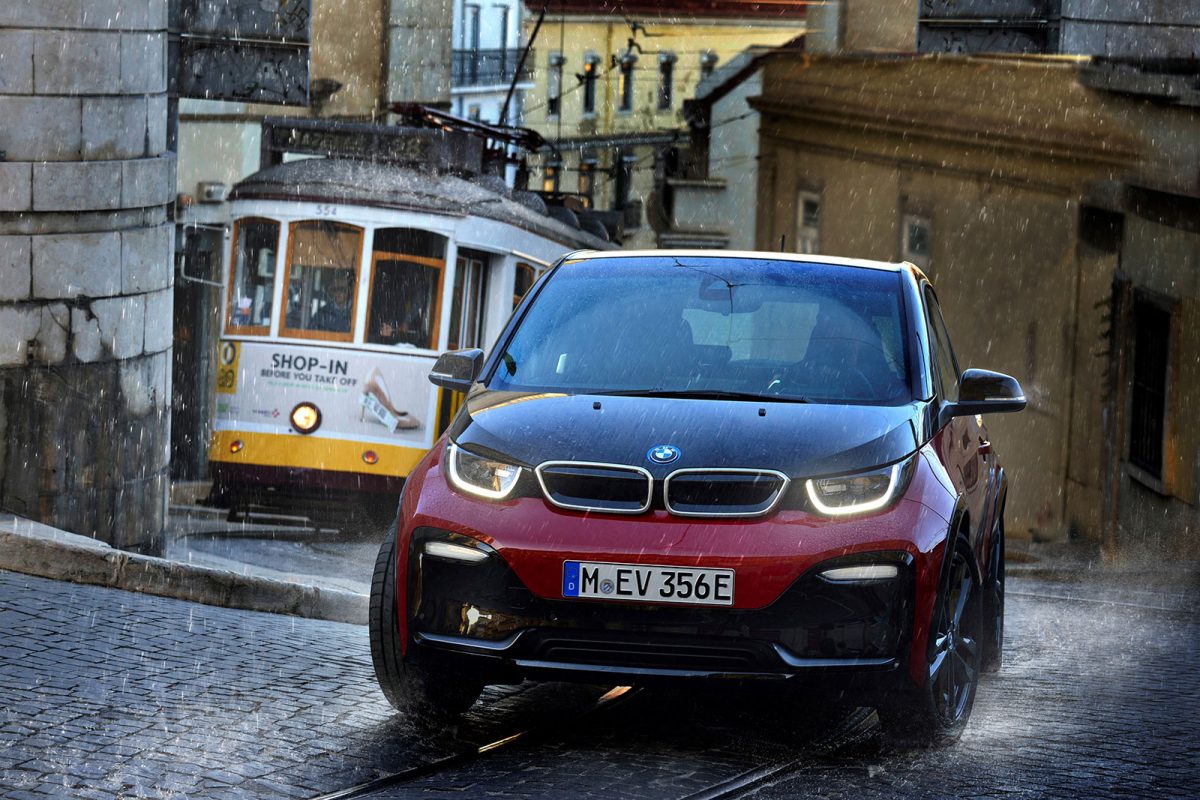The i3s traction control is so good it will be fitted in all future BMW and MINI models

When BMW engineers developed the traction control for the new i3s they had to build the system to cope with the instantaneous power deliver of the electric eDrive system. To do this they needed to make the system faster than a conventional traction control.
Their ingenious solution was to build it directly into the powertrain itself rather than remotely with it’s longer signal paths and slower reaction time.
The new system is now 50 times faster than a conventional system. Because it has been so successful it will be fitted to all new BMW and MINI models regardless as to if they are front, rear or all-wheel drive.

Here is the full release:-
The BMW i3 sets standards worldwide for driving pleasure in a purely electrically-driven vehicle. Key factors here are not only the increased output of the motor in the new BMW i3s, but also the innovative traction control system adapted specifically to the instantaneous power deliver of the BMW eDrive system. Presented for the first time in the new BMW i3s (270 Nm at 0 rpm, 135 kW / 184 HP, power consumption combined in European NEFZ test-cycle*: 14.3 kWh/100 km; CO2 emissions combined: 0 g/km), the system improves traction and driving stability in adverse weather and road conditions when pulling away, in active Brake Energy Regeneration phases and when accelerating out of tight corners.
At the heart of this innovation is the control system’s 50-times- faster routine, made possible because – unlike conventional driving stability systems – the control process is now calculated directly in the powertrain instead of in a remote unit requiring long signal paths. This development provides further evidence of BMW i as a pioneer of innovative technology within the BMW Group.
“With their high levels of torque and instantaneous responses to every movement of the accelerator, electric motors already make significantly higher demands on driving stability systems than conventional power units,” explains Peter Langen, Head of Chassis Development at BMW.
That’s why the BMW engineers developed a new type of system geared squarely to the demands of electric mobility. The positive impact of these shorter control cycles is not reserved for purely electrically driven cars; indeed, this innovative traction control system also optimises traction, driving stability and driving dynamics in vehicles with combustion engines. It will therefore be fitted in BMW and MINI models with front-, rear- and all-wheel drive to deliver noticeably greater assurance and driving pleasure when road conditions make pulling away difficult.
